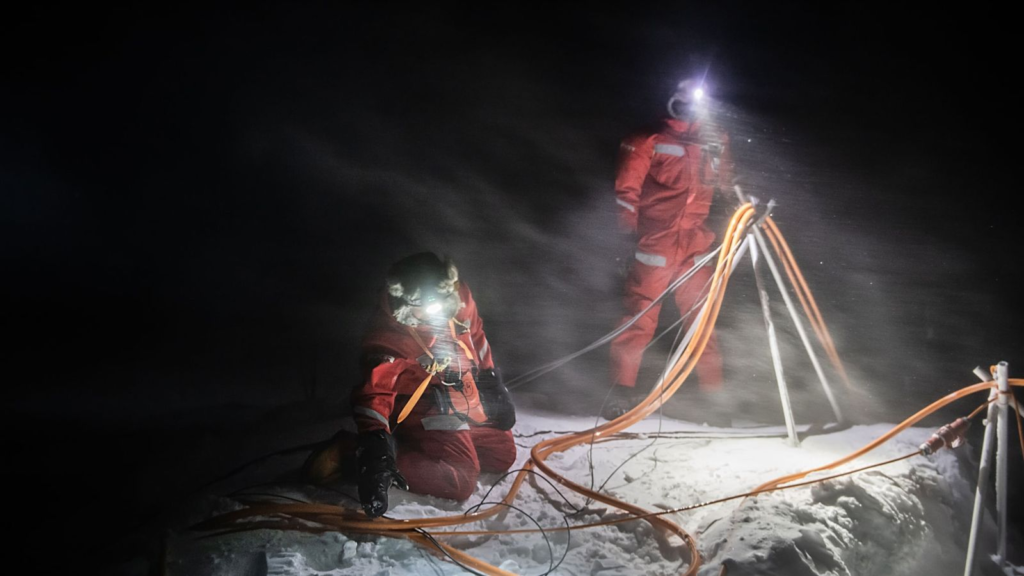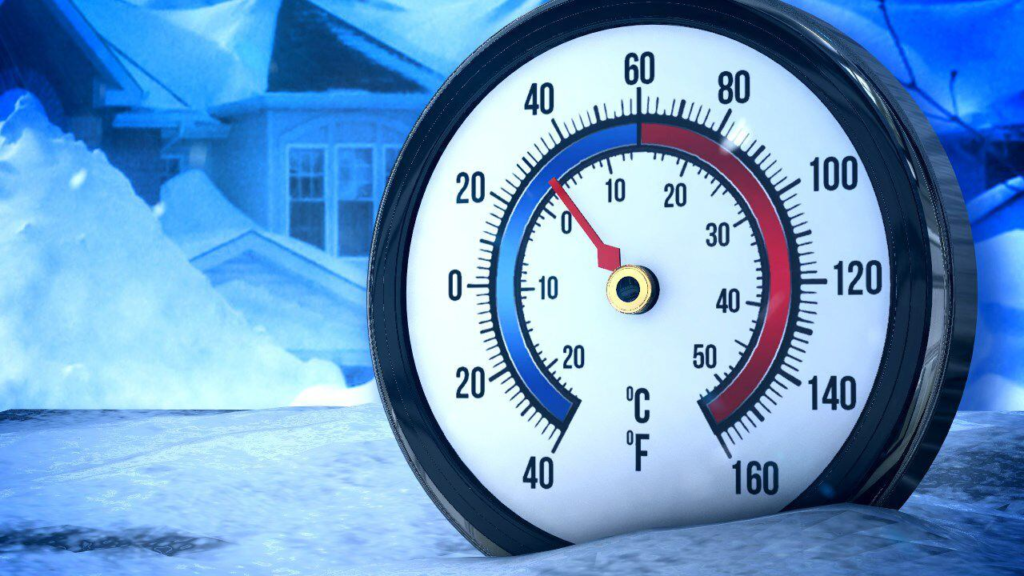Explore the science behind wind chill and its impact on your well-being. Learn the crucial factors influencing wind chill and stay informed to protect yourself.
Wind chill : Introduction
Wind chill, a term frequently mentioned in weather reports, plays a crucial role in understanding how cold the air feels on your skin. First coined in 1939 by geographer and Antarctic explorer Paul Siple, the concept is vital for public safety. This article explores what wind chill is, how meteorologists calculate it, and offers tips on staying safe when faced with harsh outdoor conditions.
ALSO READ : Unraveling The Mysteries Of The Platypus : A Marvel Of Evolutionary History

The significance of wind chill
Wind chill is not just a number on a weather report; it directly impacts your body. When exposed to extreme cold and high winds, the risk of conditions like frostbite and hypothermia increases significantly. For example, temperatures at the Mount Washington Observatory in New Hampshire, combined with intense winds, produced a staggering wind cold temperature of -110°F during a record-breaking winter storm.

Calculating wind chill
Meteorologists use a formula provided by the National Weather Service (NWS) to calculate wind chill. This formula takes into account both wind speed and air temperature, providing a valuable metric for assessing outdoor conditions. Understanding wind cold helps individuals prepare for potentially dangerous situations, such as when cold weather can lead to hypothermia or frostbite.

The evolution of wind chill calculations
The original wind chill formula developed by Siple and his colleague Charles Passel has evolved over the years. Advances in computer modeling and experiments with human subjects have refined these calculations. Despite improvements, certain populations, including children, the elderly, and individuals with health issues, are more vulnerable to the effects of wind cold.

Alternative measures and indices
In recent years, advancements in meteorological science have led to the development of innovative approaches for assessing the impact of various atmospheric elements on human comfort and well-being. AccuWeather’s ReelFeel temperature, for instance, takes a more comprehensive approach by incorporating additional meteorological factors. By considering not only the ambient temperature but also the dew point, cloud cover, and precipitation, ReelFeel provides a more nuanced and accurate representation of what individuals might experience outdoors. This approach acknowledges that perceived temperature is not solely dictated by the thermometer reading but is influenced by a combination of factors that contribute to the overall atmospheric conditions.

Moreover, in Europe, the Universal Thermal Climate Index has gained prominence for its holistic assessment, taking into account not just temperature and wind speed, but also factoring in humidity and sunshine. By considering a broader spectrum of meteorological variables, these alternative indices contribute to a more refined and personalized understanding of how environmental conditions affect our daily lives, enhancing the precision of weather forecasts and providing valuable insights for individuals planning outdoor activities.

Staying safe in extreme wind chill
In addition to these clothing strategies, it is vital to pay attention to the duration of exposure in extreme wind cold conditions. Prolonged exposure to bitterly cold temperatures can increase the risk of frostbite and hypothermia. Therefore, individuals should limit the time spent outdoors and take frequent breaks in a warm environment to allow the body to recover.

It’s also important to stay hydrated and consume warm beverages to maintain body temperature. Additionally, keeping an eye on weather updates and heeding any warnings or advisories issued by local authorities is crucial for staying safe in severe wind chill situations. By staying informed and following these guidelines, individuals can significantly reduce the potential dangers associated with extreme wind chill and ensure their well-being during challenging weather conditions.

Conclusion
Wind chill, a concept born out of Antarctic exploration, has become an indispensable tool for predicting the impact of cold and windy conditions on the human body. Understanding how meteorologists calculate wind chill empowers individuals to make informed decisions about their activities in adverse weather. By following safety guidelines and staying vigilant during extreme wind chill events, people can protect themselves from the potentially dangerous consequences of prolonged exposure to cold and windy conditions.
To explore more news : Click Here
ALSO READ : 9 Of The World’s Deadliest Snakes : A Closer Look At Nature’s Most Dangerous Predators




































